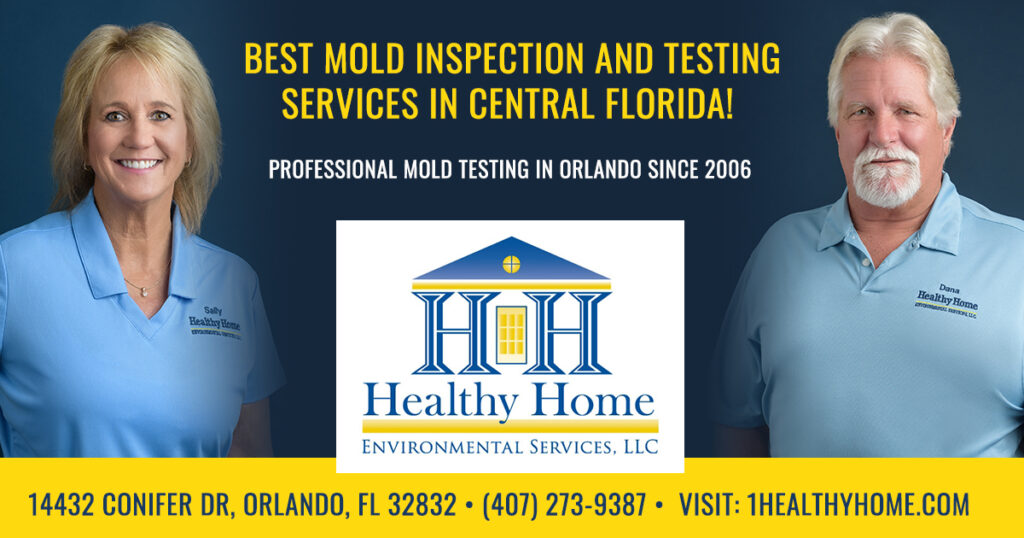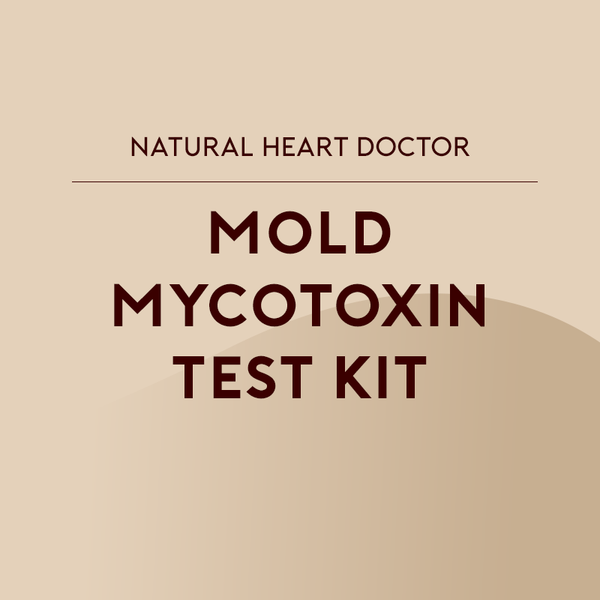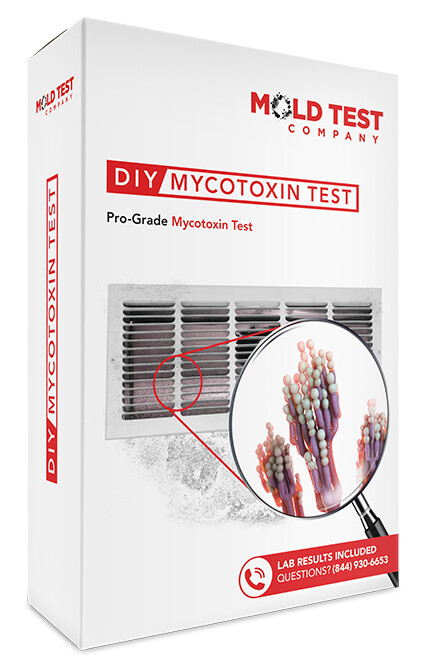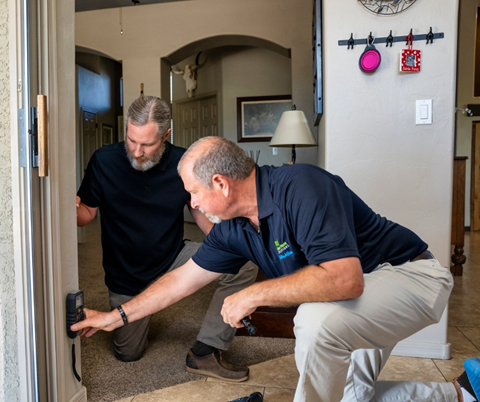How Mycotoxin Screening Aids Avoid Contamination and Protect Food Products

Mycotoxin screening is an indispensable method in the food market, acting as a frontline protection versus contamination by harmful contaminants created by mold and mildews. With the application of advanced strategies like High-Performance Fluid Chromatography (HPLC) and Liquid Chromatography-Mass Spectrometry (LC-MS), food producers can precisely measure and detect mycotoxin degrees in agricultural products. This positive technique not just guarantees conformity with rigid security guidelines however additionally alleviates wellness risks to consumers. Normal screening strengthens brand track record and financial wellness by lowering contamination-related cases. How precisely do these testing protocols integrate into the wider food safety and security method?
Comprehending Mycotoxins
Understanding mycotoxins starts with recognizing that they are toxic secondary metabolites generated by particular mold and mildews, which can infect agricultural products. These metabolites are not vital for the growth or recreation of the fungis however can have extreme implications for animal and human wellness. Mycotoxins are commonly found in staple crops such as corn, wheat, barley, and nuts, where they can proliferate under certain problems of wetness and temperature.
There are a number of types of mycotoxins, each produced by various fungal species. Aflatoxins, generated by Aspergillus varieties, are among the most well-known, known for their cancer causing properties. One more significant team includes ochratoxins, produced by Aspergillus and Penicillium varieties, which have nephrotoxic impacts. Fusarium types produce trichothecenes and fumonisins, both of which are related to different acute and persistent health and wellness concerns.

Dangers of Mycotoxin Contamination
The dangers of mycotoxin contamination are multifaceted, positioning considerable risks to both food safety and public wellness. Mycotoxins, poisonous substances produced by certain sorts of fungi, can infect a vast array of agricultural products consisting of cereals, nuts, spices, dried fruits, and coffee. When these toxins penetrate the food supply, they can result in serious wellness issues such as liver damage, kidney failing, and even cancer cells. Vulnerable populations, consisting of children, the elderly, and immunocompromised individuals, are specifically in danger.
Financial impacts are one more significant issue. Polluted plants can result in considerable financial losses for farmers and food manufacturers because of decreased returns and the requirement for pricey decontamination steps. International profession can be dramatically prevented as countries apply strict mycotoxin laws to protect their populaces, leading to declined deliveries and stretched trade relationships.
Ecological elements such as environment adjustment aggravate the risk of mycotoxin contamination. Variants in temperature level and humidity can create positive conditions for fungal development, boosting the probability of contamination occasions. Hence, understanding and minimizing these dangers are important for making sure the safety and stability of international food products.
Methods of Mycotoxin Testing
Properly recognizing mycotoxin contamination in farming items is necessary for securing public health and preserving food security standards. Numerous methods are used to discover and measure mycotoxins, each offering specific advantages and constraints.
High-Performance Fluid Chromatography (HPLC) is a widely made use of approach due to its high sensitivity and precision. It involves separating mycotoxins from various other materials in an example, making it possible for precise quantification. Likewise, Fluid Chromatography-Mass Spectrometry (LC-MS) combines fluid chromatography with mass spectrometry to offer comprehensive molecular information, making it specifically useful for recognizing several mycotoxins at the same time - Mycotoxin testing Services.

Gas Chromatography-Mass Spectrometry (GC-MS) and Thin-Layer Chromatography (TLC) are likewise used, each with unique applications. GC-MS news is reliable for volatile mycotoxins, while tender loving care uses an easier, economical choice for initial screening.
Benefits of Regular Evaluating
Routine screening for mycotoxins in farming items supplies countless advantages, considerably contributing to public health and food security. By determining contamination early, normal testing helps avoid the circulation of poisonous foods, thereby reducing the risk of mycotoxin-related health problems among customers. This aggressive approach not just safeguards human health and wellness however also boosts the overall quality of food supplies.
Different nations and areas have established rigid limits for mycotoxin degrees in food and feed. Sticking to these limits through routine screening makes sure that vendors and manufacturers meet legal requirements, consequently preventing fines and trade barriers.
Additionally, routine mycotoxin testing can cause substantial economic benefits. Early discovery of contamination allows for prompt treatment, minimizing prospective losses from prevalent contamination. Executing normal testing protocols can additionally minimize recall costs and associated responsibilities, which can be economically ravaging.
Furthermore, normal testing supplies important information that can educate far better farming methods and storage conditions. By understanding patterns of contamination, manufacturers can take on safety nets, therefore contributing and decreasing future threats to the sustainability of the food supply chain.
Carrying Out Evaluating Protocols
Executing effective mycotoxin screening protocols is important for guaranteeing the security and high quality of agricultural items. Each phase needs to be scrutinized to pinpoint where mycotoxin contamination is most likely to take place.
Once essential control points are determined, picking ideal screening techniques is important. Usual techniques include enzyme-linked immunosorbent assay (ELISA), high-performance fluid chromatography (HPLC), and mass spectrometry (MS) Each approach has its weaknesses and strengths; thus, choosing the right one depends on the specific mycotoxin being checked, the required sensitivity, and available resources.

Lastly, integrating the screening procedures right into a comprehensive food safety management system is recommended. This boosts traceability and makes it possible for swift corrective activities when contamination is spotted, thereby protecting the honesty of the food supply chain.
Conclusion
Mycotoxin testing is necessary in protecting against contamination moved here and protecting food materials by enabling very early detection of dangerous contaminants generated by molds in farming items. Routine screening boosts brand credibility, monetary stability, and trust fund in food safety by reducing contamination-related losses and maintaining high standards in food production.
Mycotoxin testing is an essential practice in the food industry, serving as a frontline defense against contamination by other harmful contaminants created by molds. An integrated technique including agricultural practices, storage administration, and routine testing can minimize the threats associated with mycotoxin contamination, guaranteeing food security and public health and wellness.
The threats of mycotoxin contamination are complex, posing substantial hazards to both food security and public health.Normal screening for mycotoxins in agricultural items uses various advantages, dramatically adding to public wellness and food safety.Mycotoxin screening is necessary in avoiding contamination and protecting food products by allowing early discovery of damaging toxic substances created by mold and mildews in farming products.
Comments on “Mycotoxin testing Services: A Trick Element in Risk Administration Strategies”